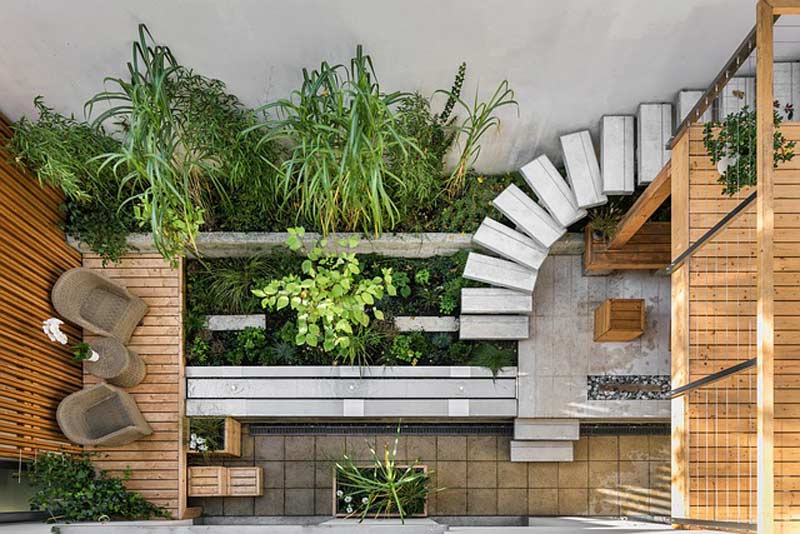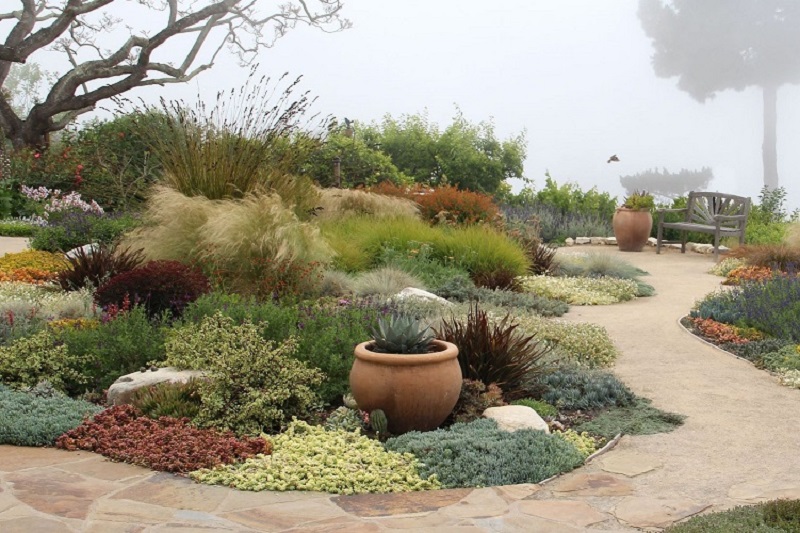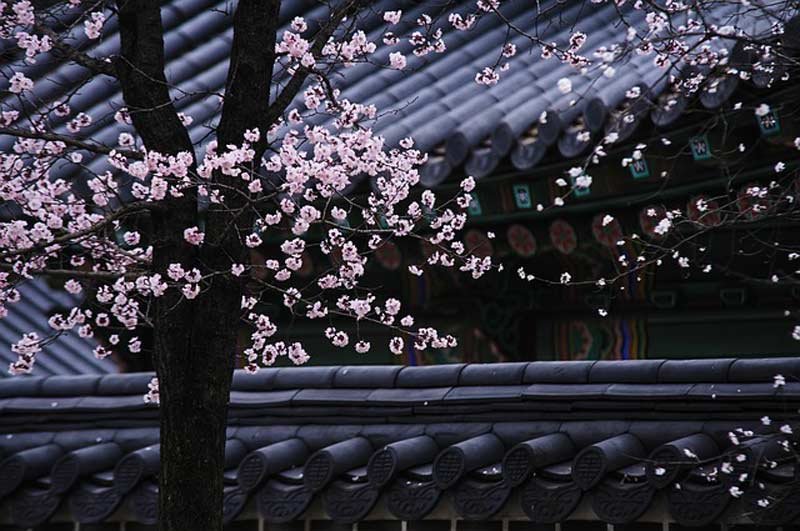Designing an environmentally friendly garden can be a fun and rewarding process. Unfortunately, most landscape design is only concerned with making sure that you get the best-looking garden or yard possible, rather than making sure that your garden is environmentally friendly.
However, there are a lot of things that you can do to transform your backyard, and make your garden more environmentally friendly and sustainable without compromising on style and looks. Some of these are very simple, while others will require more long-term effort. Consider the following:
Reduce your synthetic fertiliser use:
Synthetic fertilisers are extremely bad for the environment, especially when used in excess. Although there are a lot of alternatives out there, many people continue to use nasty, chemical-based fertilisers.
When designing your garden, the first thing that you should do is make sure that you have good soil. Add mulch and organic matter is necessary – things like grass clippings and animal manure are always good for your soil. If you can source it, you can also add some sort of mineral fertiliser. If you have poor soil, then consider planting things that are adapted to this, as they will cope better without synthetic fertilisers.
Plant natives:
Native plants are usually suited to your local environment. Despite being uncommon in most gardens throughout Australia, they really are the most environmentally friendly option. They don’t usually require a lot of synthetic fertilisers or pesticides, and most natives are very drought resistant, meaning that they don’t use a lot of water. Things like eucalypts and banksias are tough, look great, and don’t need a whole lot of water to thrive.
Avoid chemicals:
Nasty chemicals like pesticides and weed killers are terrible for the environment. Luckily, there are a lot of natural alternatives out there. When designing your garden, try and include plants which are resistant to any problematic bugs that you might have. Use things like mulch or another ground cover to discourage weeds, and pave any open areas. If you do find yourself with too many weeds or a bug problem, try natural chemicals before resorting to nasty synthetic ones.
Save water where possible:
You can also implement a whole range of water saving features into your garden design. If you live in a hot, dry climate, then you can replace your lawn with synthetic turf. Eliminate or reduce the amount of sprinklers that you are using, and design your garden so that it collects water when it rains.
Final word:
Sustainable gardening and environmentally friendly landscaping don’t have to be difficult. Doing the little things when you install your garden can make all the difference down the track. Do your research, plant things which are suited to your climate, and above all, try and avoid nasty chemicals if possible.




